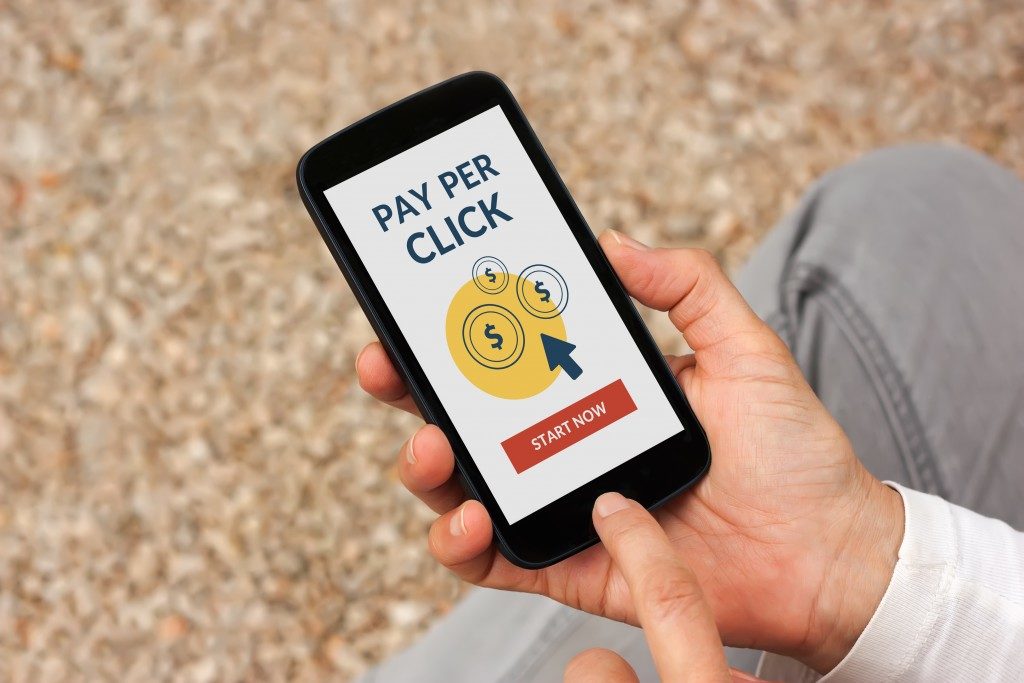Pay-per-click is an Internet marketing model where advertisers will pay a fee whenever a user clicks on their ad. It is a way to buy visits to one’s site as opposed to waiting for organic visits. Search engine optimization works hand in hand with pay-per-click advertising. The advertiser gets to bid for placement in sponsored links so that when someone searches a keyword, a business shows up on top.
The goal is to make the ads visible so that more customers will click them and be directed to the landing page. When pay-per-click works as it should, the visit proves a worthy investment for the initial advertising fee. A lot of thought must go into campaigns, though. You must use the proper keywords, organize them well, and then set them into ad groups to optimize for conversion. The keywords must also be relevant and intelligently targeted.
PPC advertising is a great way to increase your chances of getting more site visits and conversion. You may also use the help of an experienced provider of SEO service because SEO and PPC can work hand in hand.
The following are forms of pay-per-click marketing:
Paid search
Here, advertisers pay only for the ad that people click that leads them to their website. Providers include Microsoft advertising and Google AdWords that will display advertisements to users after searching for some keywords. One sets up the campaigns by creating copy and choosing the appropriate keywords and then placing them in a fitting landing page on their website. Other players, including Amazon, Bing, and Yahoo, allow different types of advertisements, including video and banner ads.
Display and social media ads

Display advertisements are text, banner, or image ads that will show up on different sites meant to target a specific audience. They typically link to a different website – the paying client. Display ads will usually have low click-through rates. However, they are ideal for the brand that wants to build awareness. Social media ads, on the other hand, show up in platforms like Facebook that have many users who are potential customers.
In this type of advertising, the platforms present a tool to get more click-through rates and let people know about your service or product. Social media channels can help target different interests and demographics.
Retargeting
Also referred to as remarketing, retargeting uses the browser cookies to show advertisements related to the users’ interests. For instance, the user who wanted to find holiday destinations may receive ads about the deals a travel agent has. Retargeting may also be part of the search, social media, and display advertising campaigns.
Price comparison advertising
Websites that use this advertising method will collect prices from other sites and display them alongside exclusive product and service offers from their partnering merchants. The user will browse the offers and follow a link to buy the product or service from the comparison portal or the merchant. This type of advertising is excellent for anyone who wants quality leads. However, one has to find an edge to compete in an otherwise busy platform.
Pay per click is an excellent marketing model for anyone who wants value for money. The model is based on performance, so the payment will be aligned with results. Success will require ongoing participation regardless of the type you choose. One will also have to deal with the risks, including poor ad placements and overcoming reputation damage.
